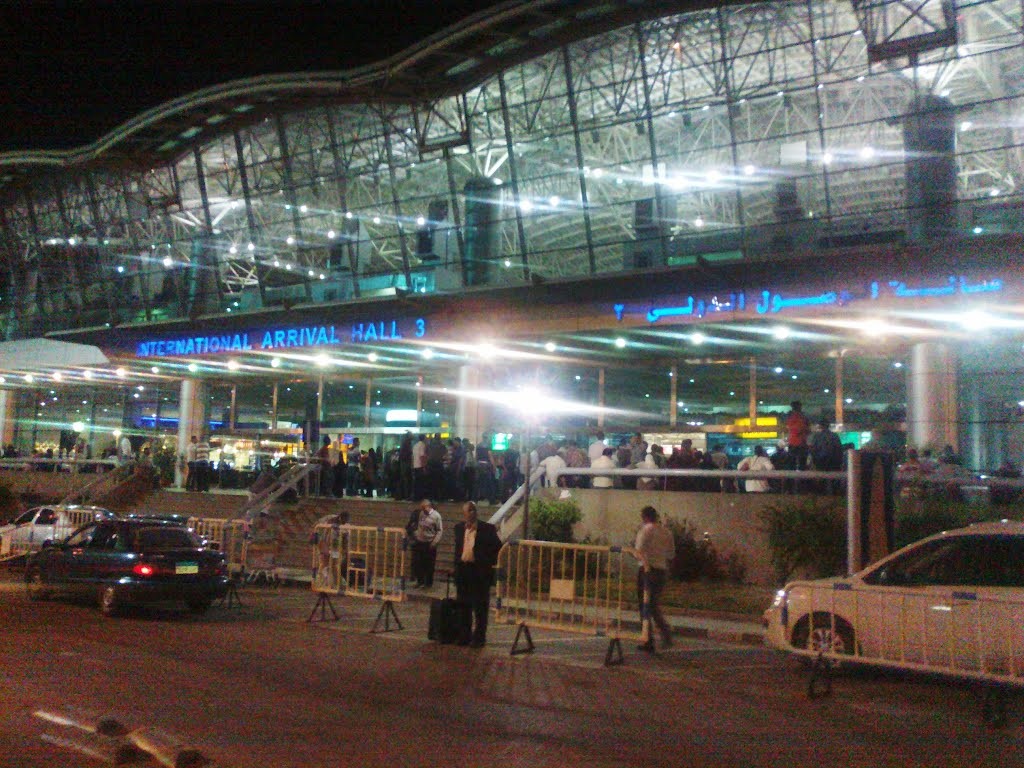The emergence of app-based ride-hailing services such as Uber and Lyft has transformed the way business travellers get to and from the airport. And it has also blown a hole in the finances of many airports. Under threat, particularly in North America, is their income from car parks, which makes up two-fifths of non-airline-related revenues across the continent, and car-rental concessions, which brings in a further one-fifth. Revenues from parking are falling short of forecast budgets by 10% or more per year, airport managers say. Many airports at first tried to ban Uber’s and Lyft’s cars from their taxi ranks, but drivers found ways round it, in some cases picking up rides from nearby houses. Now more are allowing Uber and Lyft to use their facilities and are looking at ways to make up the lost revenue from elsewhere.
A new report from LEK Consulting, a consultancy, exposes the impact of these apps on airports. Between 2014 and 2017 the share of American business-travel trips taken with such apps rocketed from 8% to 62%, while those taken in taxis fell from 37% to 8%. Those taken in hired cars also fell, from 55% to 30%. This trend has fundamentally changed the way travellers get to the airport, particularly in major metropolitan areas. At San Francisco’s airport, for example, the share of airport drop-offs using such apps has increased more than sevenfold in the same period, while taxis and the like have lost more than half their market share.
This represents a real dilemma for airports, which rely on rental income from airport parking and car-rental firms to balance their books. Uber and Lyft pick-ups and drop-offs do not make as much money for airports as private vehicles do, or even taxi rides. Looking at seven major airports in America, Australia, Britain, and Singapore, LEK Consulting found that each trip made by a taxi generated an average of $3.50 in revenues for an airport. Each made by a ride-hailing app brought in just $2.90.
Worse still could be self-driving cars. They can be expected to drive themselves home after a drop-off, thereby bypassing the need to pay for parking facilities at an airport. The launch of self-driving taxi services, reckons Ashish Khanna of LEK Consulting, such as that Google is planning to launch in Phoenix next month, pose an immediate threat.
LEK Consulting suggests that airports can make up the money lost from the rise of Uber and Lyft by being more creative about how they charge vehicles to use their pick-up and drop-off areas. Such ideas include “dynamic pricing”, whereby different amounts are charged depending on the time of day, and “premium parking”, meaning that those using drop-off areas closest to the airport will pay more than those dumped farther away. Yet many passengers would bridle at such extra charges. And competition regulators might regard it as a case of airports trying to abuse their ownership of the land around terminals by squeezing more money from passengers.
Governments, already worried about the growing amount of traffic and pollution caused by the rise of Uber and like, want to push airport passengers towards public transport. At London’s Heathrow Airport, for instance, the authorities are considering moving the drop-off facilities for Ubers and taxis alike, along with car parks and car-rental outfits, to places far away from the terminals, to encourage the use of public transport…



